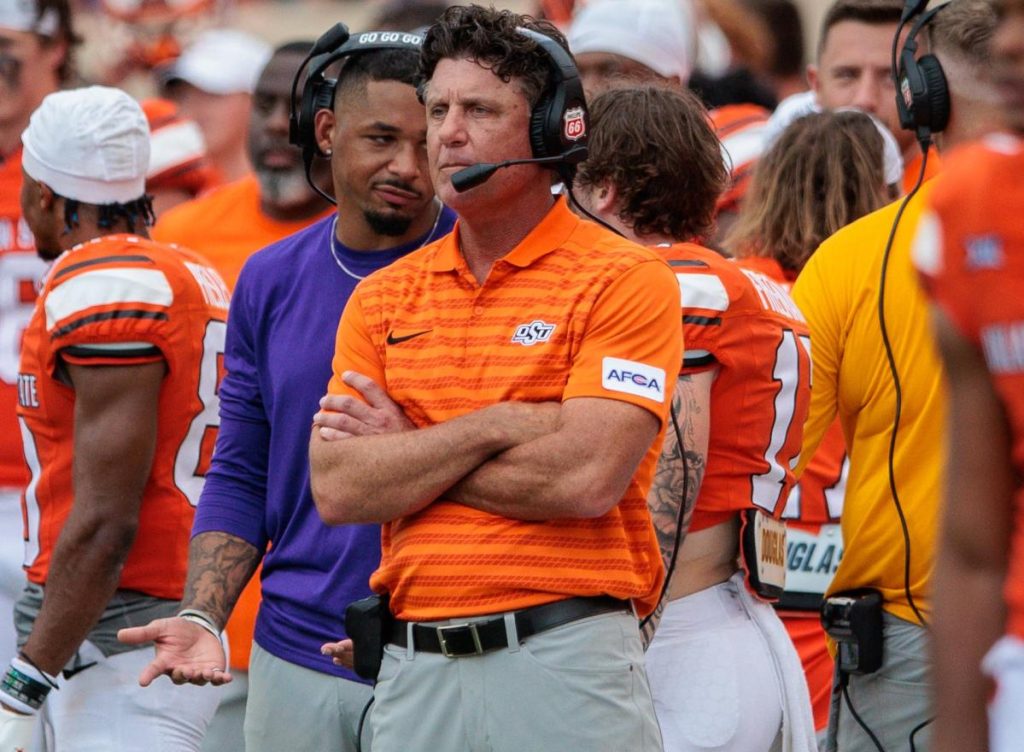Mike Gundy, the Oklahoma State coach, has job security that allows him to speak truthfully about how his staff recruited linebacker Obi Ezeigbo as a transfer from Division II Gannon University. Gundy revealed that Ezeigbo was a cost-effective option for the team, and they saw potential to develop him into a quality player without breaking the bank. This transparency from Gundy is refreshing in an era where discussing the financial aspects of recruiting is often taboo in college football. The acceptance of the commercial nature of player procurement is a sign of progress since the introduction of name, image, and likeness (NIL) regulations.
The reality of money’s influence in college sports has become more apparent with the implementation of NIL rules. Coaches and administrators are now forced to assign a numerical value to players, while athletes rely on agents to navigate the complex marketplace. The fans, in turn, are left in the dark about the financial aspects of recruiting and are often asked to contribute to NIL collectives to keep the player pipeline active. Gundy’s candid comments shed light on the college sports economy and present a more realistic view of how player recruitment works behind the scenes.
Gundy’s approach to recruiting Ezeigbo was straightforward and practical, focusing on the team’s need for depth on defense and the player’s desire to compete at a higher level. There was no artificial narrative constructed around Ezeigbo’s decision to join Oklahoma State, as Gundy chose to provide fans with a glimpse into the challenges of navigating the current recruiting landscape. The coach’s willingness to address the financial constraints and practical considerations of player acquisition sets a positive example for other coaches and schools facing similar challenges.
In professional sports, salary caps have increased transparency and understanding among fans regarding roster-building decisions and player acquisitions. Gundy’s openness about the financial aspects of recruiting in college sports could lead to a similar level of transparency and informed decision-making among stakeholders. Acknowledging that certain athletes have a higher monetary value and that resources must be allocated strategically is a significant step towards developing a more equitable and sustainable model for college sports recruitment.
As college sports continue to evolve in the era of NIL, embracing transparency about the financial realities of recruiting will be crucial. Gundy’s willingness to speak truthfully about the recruiting process highlights the importance of understanding the commercial aspects of player procurement. Moving forward, open discussions about the economics of college sports could lead to a more informed and equitable system that benefits coaches, schools, players, and fans alike. Gundy’s candid remarks serve as a reminder that honesty and transparency are essential in shaping a more sustainable future for college athletics.


